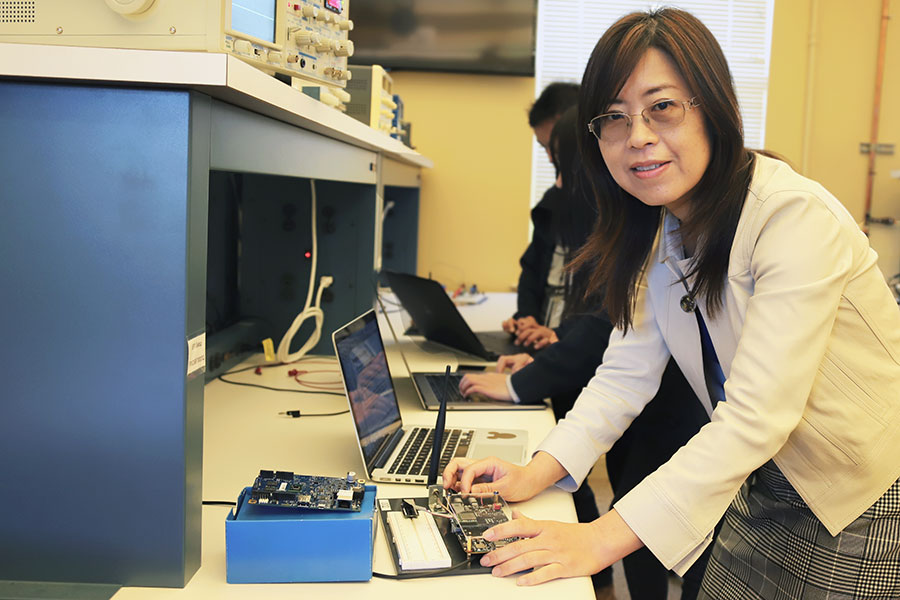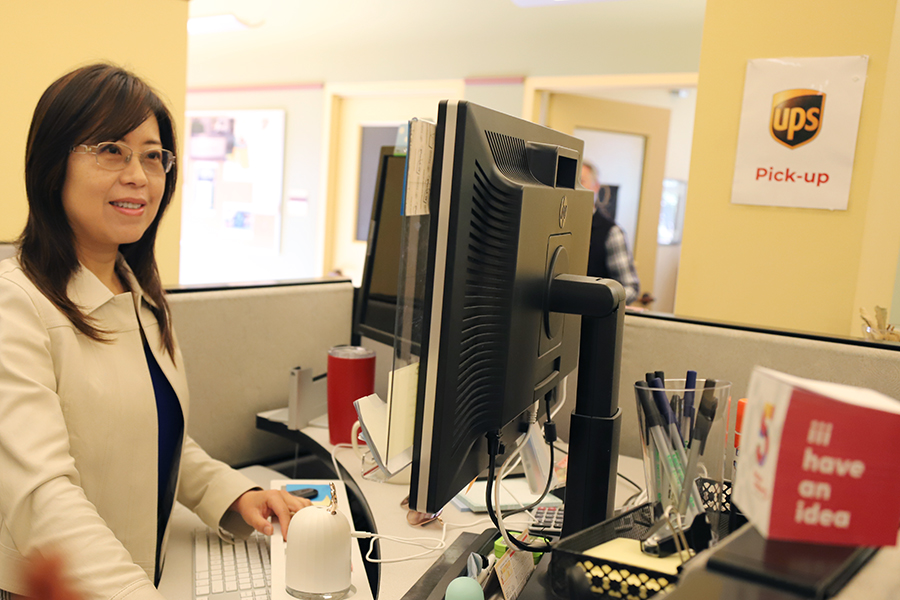
Dr. Catherine Fang: How Product Managers are Leveraging Machine Learning
By Elizabeth Donaldson
As the Integrated Innovation Institute celebrates its fifth anniversary, faculty share what's next in their field of expertise. Catherine Fang, Senior Product Manager at LinkedIn and faculty member at the Integrated Innovation Institute, explores how machine learning is shaping the role of product managers.
Q. Why is machine learning so important for the software industry?
A. Machine learning (ML) has a long history and is increasingly prominent in software products. From statistics to data mining and data science, the growth of machine learning and artificial intelligence (AI) reflect a whole ecosystem evolvement.
The demand for processing large data sets is increasing exponentially; mobile, IoT, social media, crowdsourcing business models, and new technologies generate an exploding data volume that’s way beyond human processing capacity. The growth of unstructured data is a great opportunity for ML to thrive. ML can discover correlations between events and patterns within large historical data sets and predict the future. Another reason for ML to thrive is to solve complex problems that traditional approaches cannot solve. For example, Natural Language Processing (NLP) uses AI to learn and improve upon unsupervised algorithms based on thousands of words spoken by millions of people with different accents and in dozens of languages.

Q. How has the emergence of machine learning technology influenced software products?
A. What truly differentiates your product from your competitors’ is how much intelligence your product can offer to users. Building and launching a software product to market is much easier with cloud platforms, software as a service (SaaS) model, mobile distribution channels, etc.
Some common use cases include mass-customization of the user experience. If we both log into LinkedIn, we most likely see different articles, job recommendations, and group suggestions. This is because the machine learns an individual’s preferences and interests from the user’s historical interaction with the platform and through cohort analysis.
We’re also seeing multimedia identification. For example, Apple and IBM have expanded their partnership with ML integration. A machine learning model is integrated into an iOS enterprise app, which uses IBM Watson's image recognition capabilities to distinguish a broken appliance from a photo or live iPhone camera view, and then makes suggestions to repair parts or offer diagnostics procedures.
Many news sites are using ML for contextual content classification at scale and article digest extraction. This use of ML technology can also effectively retrieve relevant content. For law firms to process cases, they can use AI enabled tools to retrieve relevant documents and significantly reduce a lawyer’s workload.
ML is also being used for prediction-based products. Zillow users get to see housing prices and estimations, and there are lots of products that use predictions to help users connect to one another. AI is also huge in security and detecting unusual activity, like when your bank notifies you of an unusual charge.
Our students are leveraging artificial intelligence in their classes, too. In Mobile Apps for IoT, students use facial detection to prevent home intrusion and use IoT sensors to evaluate food waste in homes and limit water usage in agriculture.
Q. How have new technologies changed the skills needed to be a successful product manager?
A. To be a successful software product manager (PM), you need to have your finger on the pulse of trending technologies. You must be aware of the potential enabled by AI. Product managers should define key performance index (KPI) as part of the product requirement. Years ago, we celebrated the product launch. Now, the launch is just the starting point. Now, we celebrate the real business. How much value does the product bring? How many users are acquired daily? Weekly? Monthly? What about user retention? Revenue is the bottom line, so product managers must advocate for business requirements and user stories, and need to learn how to leverage these business metrics. They must measure the KPI performance daily, weekly, and monthly to evaluate a product’s success.
Product managers need to understand the process of developing ML models and cultivate a corporate environment that understands the data science process, as well as set the right expectations on the modeling. Predictions are valuable, but product managers cannot assume that data insights are happening magically in the black box. They need lots of interaction with the data science team, software development team, and business stakeholders. It’s not only a technology transition, but also the nurture of a new corporate culture.
Q. How do you see the role of product manager changing in the future?
A. You must have sharp eyes to spot real-world pain points and seek solutions to solve or alleviate them. This has been the quality of a successful PM, and it’ll still hold true. Besides, future success belongs to those who love technologies, embrace innovations, and welcome challenges.
We didn’t have the role of product manager ten years ago, and there will be new roles in the next five, ten years. No matter what those roles are, they’ll be surfers constantly looking for the next big wave to ride on. To quote Mark Zuckerberg, "in a world that's changing really quickly, the only strategy that is guaranteed to fail is not taking risks." I sincerely wish success for our CMU students and all my fellow colleagues in the software world.
Celebrating #CMUfiiive
The 2018-2019 academic year celebrates the fifth anniversary of the Integrated Innovation Institute as well as Carnegie Mellon University’s rich history as a pioneer of cross-disciplinary education and innovation.
